Rules of Golf Quiz Questions : USGA/R&A Exam Prep
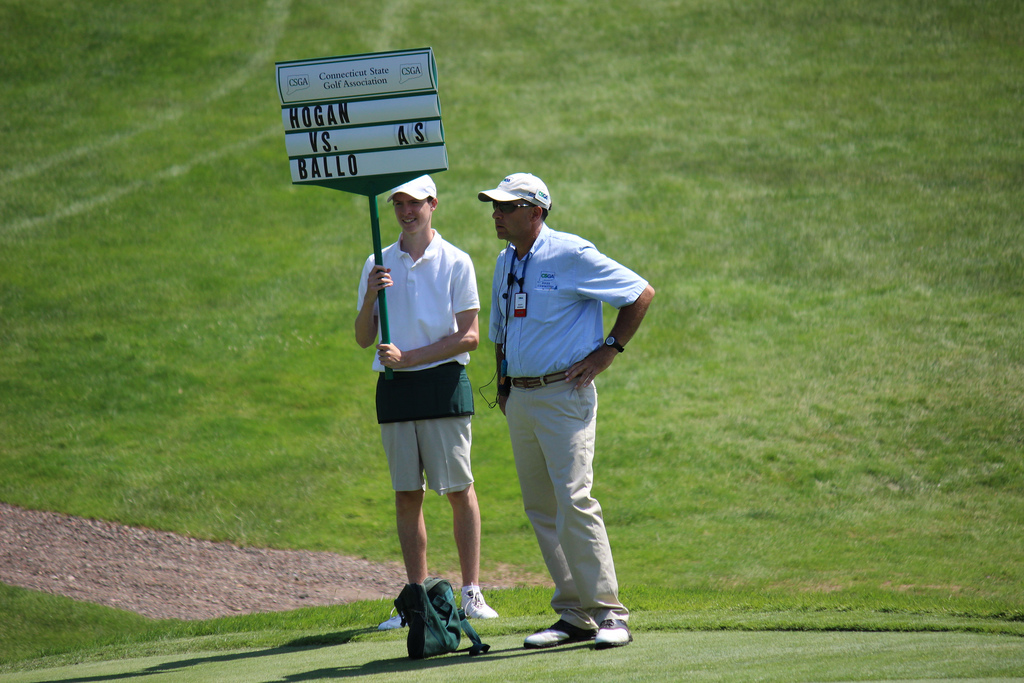 The Roving Official is the premier online Rules of Golf resource for anyone who wants to become a Certified Rules Official or just improve their knowledge of the Rules of Golf.
The Roving Official is the premier online Rules of Golf resource for anyone who wants to become a Certified Rules Official or just improve their knowledge of the Rules of Golf.
Join the thousands of other users who have chosen to use TheRovingOfficial.com to improve their knowledge of the Rules of Golf and improve their Rules Exam scores. The best online resource to prepare for the USGA Exam, R&A Levels I, II, and III Exams, or your State/Regional Rules of Golf Exam.
Whether this is your first time taking a Rules of Golf Exam or you are an experienced Rules Official, TheRovingOfficial will improve your understanding of the Rules of Golf. There is no better way to study for the USGA Rules Exam, the R&A Exams, or your State Rules of Golf Exam.
Rules 1-25
Definitions
Clarifications
Committee Procedures (Model Local Rules)
Sample Questions

- "A player's tee shot hits a tree and lands in the same teeing area. Can the player re-tee the ball without incurring any penalties?"
- "Does a player need to use the word 'provisional' when playing a provisional ball?"
- "A player's ball lies in a bunker. Can the player take a practice swing in another bunker?"
- "A player's ball lies in the general area. Can the player clean their ball before replacing it when it has been moved by another ball?"
- "Can a player play their ball when it is found after dropping another ball under the penalty area rule?"
- "A player's club breaks on their downswing causing the player to miss the ball. Does the swing counts as a stroke?"
Rather than studying the Rules by reading Rule 1, Rule 2, Rule 3, TheRovingOfficial teaches the Rules of Golf by separating the Rules into logical topics (like the ones pictured below), providing vital principles on each topic, and then presenting questions similar to the ones that you will see on your Rules exam or on the course.
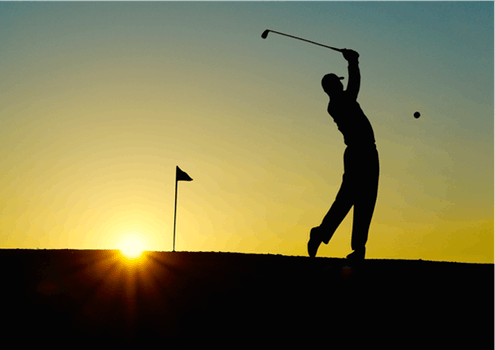 Each section has multiple quizzes and each quiz has a minimum of 20 true/false and multiple choice questions - over 1500 questions in all.
After each question is answered, you will be provided the correct answer, a link to the corresponding Rule,
Definition, or Clarification, and an explanation of the answer .
As you progress through the quiz questions you will see a pattern to the Rules, your understanding increase, and you will
become more comfortable with the types of questions you will encounter on your Rules of Golf Exam.
Each section has multiple quizzes and each quiz has a minimum of 20 true/false and multiple choice questions - over 1500 questions in all.
After each question is answered, you will be provided the correct answer, a link to the corresponding Rule,
Definition, or Clarification, and an explanation of the answer .
As you progress through the quiz questions you will see a pattern to the Rules, your understanding increase, and you will
become more comfortable with the types of questions you will encounter on your Rules of Golf Exam.
If you have trouble with a question, click the  after the question to bookmark it.
The
after the question to bookmark it.
The  will change to
will change to  and you can review it later in your Favorites.
And, any questions that you answered incorrectly are automatically saved for you to review in the Incorrect Answers section.
and you can review it later in your Favorites.
And, any questions that you answered incorrectly are automatically saved for you to review in the Incorrect Answers section.
Do you study at home, at the office, or maybe at your club? Your information is saved across devices so that you can work from anywhere on your desktop, tablet, or mobile device.
Special thanks to Lew Blakey. Mr. Blakey is a recognized national expert in the Rules of Golf who generously allowed us to incorporate his library of rules questions into the rules quizzes.
Scott Newman
The Roving Official
scott@TheRovingOfficial.com
Create a Free Account
Questions. Answers.
[+] Will this site help me with the USGA Rules Exam, R&A Exam, or my Regional Rules Exam?
[+] Do I need to create an account?
[+] Can I try the website before I subscribe?
[+] How much does the website cost?
[+] I tried to create an account, but didn't receive a verification code.
[+] Can I share my account with someone else or my organization?
[+] I've never used the website. Is there a video tutorial?
[+] Are the questions only about the Rules of Golf or are there also questions on Local Rules, Definitions, and Committee Procedures?
[+] Do I have to finish a section to see how I did?
[+] Is there telephone support or email support if I have question about the website or a question on a Rule of Golf?
[+] Does the order of the questions change each time I go into a section?
[+] Does The Roving Official allow me to save the questions that I got wrong.
[+] Can I print the questions and answers?
[+] How are the lessons ordered?
[+] Can I find questions based on my own search criteria?
[+] How do I cancel my subscription?
Answers:
- Yes. Anytime a ball is in the teeing area a player may move, re-tee, or substitute another ball for the original ball. Rule 6.2b(6).
- No. Players do not need to use the word "provisional". They only need to make clear that they are playing another ball in case their original ball is lost or out of bounds. Rule 18.3b.
- Yes. The prohibition regarding touching the sand in a bunker only applies to the bunker where the player's ball is at rest. Rule 12.2b(1).
- Yes. There are only 4 situations when a ball that has been lifted cannot be cleaned. Rule 14.1c.
- No. Once a player dropped a ball under the penalty area Rule with known or virtual certainty that the original ball is in the penalty area, the original ball can no longer be played. Rule 17.1c.
- Yes. A stroke is the forward movement of the club. Once the player begins the downward motion of the club (with the club intact) the player has begun their stroke. Clarification Stroke/1.

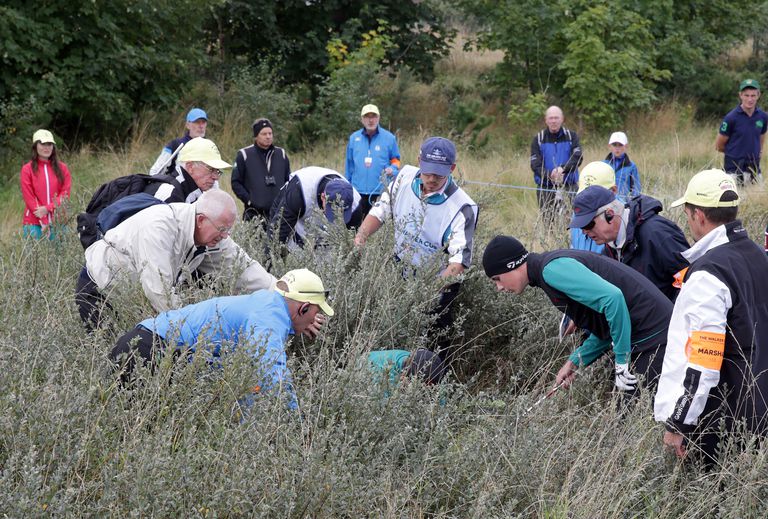
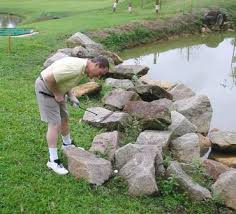
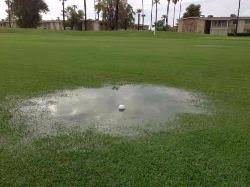
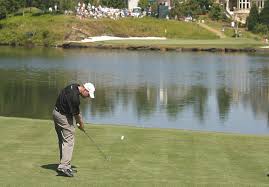
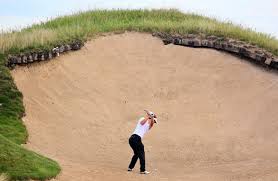
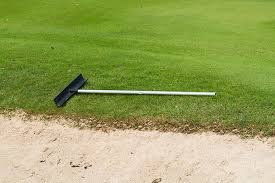
 icon. Click the icon to send us an email. We will get back to you as soon as possible.
icon. Click the icon to send us an email. We will get back to you as soon as possible.